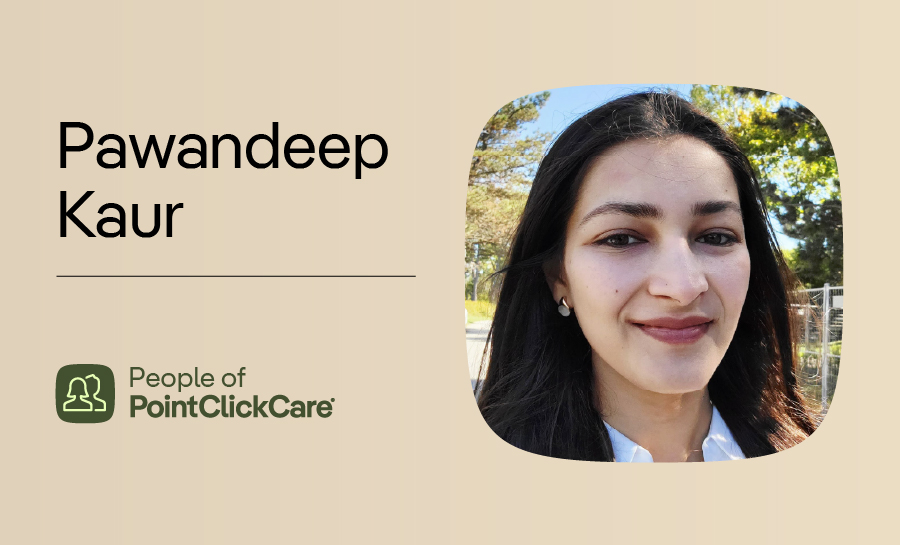Even in the minutes leading up to starting a tour, your sales team has the opportunity to start building a relationship with your prospective residents. Moving into a senior living community is a big step for many — and one that’s not always easy to take — so getting to know them, and understanding their expectations, is important to building trust and, ultimately, closing the deal.
The pressure to successfully learn about prospective residents is compounded by the fact that failure to get properly acquainted can really backfire after move-in, according to Douglas Schiffer, president and chief operating officer of St. Louis, MO-based Allegro Senior Living.
“People show up with varying attitudes and desires and wants, and so it’s very hard,” Schiffer said in a recent Leadership Series interview.
To avoid bumps in the road after a new resident moves in, Allegro Senior Living has embraced the concept of a “discovery room,” or designated place within a community where a sales team member sits down with prospective residents to get to know them on a personal level. In fact, research from ProMatura found that sales members who spent an average of 10-18 hours learning about the prospect had a higher rate of success with prospects who actually closed and moved in.
“You discover what the person wants, and spend time with them to learn what they’re interested in before they decide to take a tour of the property,” Schiffer says.
Getting to know a future resident before they move in can be absolutely key in guaranteeing that the community is a great match for that particular individual. This is also the time to address any resistance they might have, and the information collected can be used to create a follow-up conversation that’s personally relevant to the prospective resident. The ProMatura study found that among the top performing sales members, 23% had a creative and individualized follow-up conversation after each prospect interaction.
After the Sale Is Closed
Answering any questions that a prospective resident might have upfront will not only make the move-in process go more smoothly, but it will assuage any concerns they may have. Plus, it may lead that future resident to brag about the great experience they had at your community.
“Once you’re really able to cater to what they need, they’re your best referral source,” Schiffer says. “I’d much rather have a referral that comes in that way than somebody who comes in just because they drove by.”
Taking the time to get to know prospective residents pays off in a big way when they move into your senior living community. When residents feel like they’ve found the perfect match, they’re less likely to move out — and the information collected during the discovery meeting can be used to create care plans, allocate staff accordingly, and more.
Download our eBook to learn how conducting better resident assessments will help your community increase revenue.
Read More: How to Get More Referrals to Your Residence







